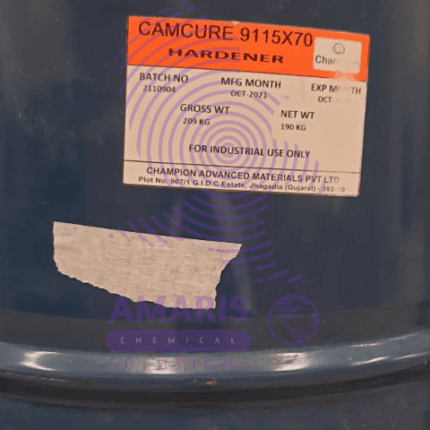
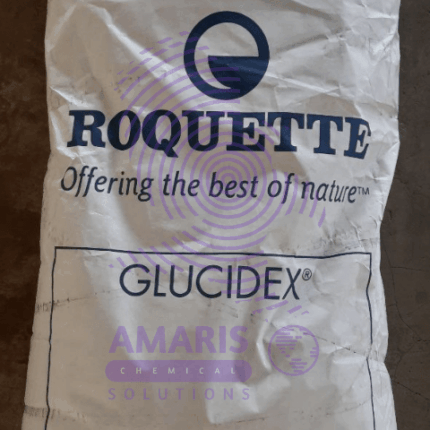
Cellulose Ether
KSh0.10 Original price was: KSh0.10.KSh0.01Current price is: KSh0.01.
Cellulose ether are a group of water-soluble polymers that are derived from cellulose, which is the most abundant natural polymer on earth. Cellulose ethers are produced by chemically modifying the cellulose molecule through a variety of reactions, such as etherification or esterification, resulting in different functional groups attached to the cellulose backbone. These modifications can alter the physical and chemical properties of cellulose, making it more soluble in water and providing a range of functional properties, such as thickening, binding, stabilizing, and emulsifying, that make cellulose ethers useful in a wide range of industries, including food, pharmaceuticals, cosmetics, and construction.
Cellulose ether Uses
Primary Uses of Cellulose Ether
1. Construction & Building Materials
- Cement & Mortar Additive(HPMC, MC) → Improves workability, water retention, and adhesion.
- Tile Adhesives & Grouts(HEMC, CMC) → Enhances bonding strength and prevents cracking.
- Gypsum & Plaster(MHEC) → Controls setting time and reduces shrinkage.
- Self-Leveling Compounds→ Ensures smooth application.
2. Food Industry
- Thickener & Stabilizer(CMC, MC) → Used in sauces, ice cream, dairy, and gluten-free products.
- Emulsifier→ Prevents oil-water separation in dressings and beverages.
- Low-Calorie Food Additive→ Mimics fat texture in reduced-fat products.
3. Pharmaceuticals & Cosmetics
- Tablet Binder & Disintegrant(HPMC, CMC) → Ensures drug uniformity and controlled release.
- Ophthalmic Solutions(HPMC) → Used in artificial tears and eye drops.
- Creams & Lotions→ Improves viscosity and stability.
4. Paints & Coatings
- Rheology Modifier(HEC, MHEC) → Controls paint flow and prevents sagging.
- Water-Based Paints→ Enhances brushability and film formation.
5. Detergents & Cleaning Products
- Thickener for Liquid Detergents(CMC) → Prevents sedimentation.
- Fabric Softeners→ Improves viscosity and performance.
Secondary Uses of Cellulose Ether
1. Oil & Gas Drilling
- Drilling Fluid Additive(CMC, HEC) → Controls viscosity and fluid loss.
2. Textile & Paper Industry
- Textile Sizing Agent(CMC) → Strengthens yarn during weaving.
- Paper Coating→ Improves printability and surface smoothness.
3. Ceramics
- Binder in Ceramic Slurries→ Enhances green strength before firing.
4. Personal Care & Hair Products
- Hair Gels & Styling Products→ Provides hold without stickiness.
5. Agriculture
- Seed Coatings & Pesticide Formulations→ Improves adhesion and slow release.
6. 3D Printing & Bioinks
- Bio-Compatible Gelling Agent(MC) → Used in bioprinting scaffolds.
7. Tobacco Industry
- Binder in Reconstituted Tobacco→ Improves sheet formation.
8 reviews for Cellulose Ether
1. Basic Identification Attributes
- Chemical Name (IUPAC):Cellulose ether (varies by subtype, e.g., methyl cellulose, hydroxypropyl methylcellulose).
- Common/Trade Names:
- Methyl cellulose (MC)
- Hydroxyethyl cellulose (HEC)
- Hydroxypropyl methylcellulose (HPMC)
- Carboxymethyl cellulose (CMC)
- CAS Number:Varies by type (e.g., 9004-67-5 for methyl cellulose).
- HS Code:31 (for cellulose ethers, varies by derivative).
- Molecular Formula:(C₆H₁₀O₅)ₙ (base cellulose structure; substituents vary).
- Synonyms:
- Modified cellulose
- Cellulose gum (for CMC)
- Alkyl cellulose (for MC, HPMC).
2. Physical & Chemical Properties
- Physical State:White to off-white powder or granules.
- Color & Odor:Odorless; color depends on purity (typically white).
- Melting Point:Decomposes before melting (typically 200–300°C).
- Boiling Point:N/A (thermally decomposes).
- Density:~1.3–1.5 g/cm³ (varies by type).
- Solubility:
- Water-soluble (forms viscous solutions; solubility depends on substitution type).
- Insoluble in organic solvents (e.g., ethanol, acetone).
- pH Level:Neutral to slightly alkaline (pH 6–8 for most aqueous solutions).
- Vapor Pressure:Negligible (non-volatile).
- Flash Point:Non-flammable (dust may pose explosion hazard).
- Autoignition Temperature:>300°C.
- Viscosity:Wide range (e.g., 5–100,000 mPa·s at 2% aqueous solution, depending on grade).
3. Safety & Hazard Attributes
- Hazard Class (GHS):Generally non-hazardous; some forms may be labeled as eye irritants (GHS07).
- NFPA Ratings:
- Health: 1(slight irritation possible).
- Flammability: 0(non-flammable).
- Reactivity: 0(stable).
- Exposure Limits (OSHA/ACGIH):Not established (dust exposure may require general particulate limits, e.g., 10 mg/m³ total dust).
- Reactivity:
- Stable under normal conditions.
- Incompatible with strong oxidizers (e.g., peroxides).
4. Storage & Handling Attributes
- Storage Conditions:
- Cool, dry place (<30°C).
- Avoid humidity (hygroscopic powder).
- Incompatible Materials:Strong acids, bases, oxidizers.
- Container Type:Sealed plastic or lined metal containers.
- Shelf Life:Typically 2–3 years if stored properly.
- Special Handling:
- Use dust masks/respirators if handling powder to avoid inhalation.
- Minimize dust generation (static electricity risk).
5. Regulatory & Compliance Attributes
- Regulatory Status:
- FDA-approved (food-grade HPMC, CMC: 21 CFR 182, 172).
- EU REACH compliant.
- OSHA non-hazardous (general dust controls apply).
- Hazard Symbols:None or exclamation mark (GHS07) if powdered.
- Transportation Restrictions:Not regulated for most forms (non-hazardous per DOT/IMO).
- Waste Disposal:Dispose as non-hazardous solid waste (EPA/RCRA).
6. Environmental & Health Impact
- Ecotoxicity:Low (LD50 >5,000 mg/kg for aquatic organisms).
- Persistence:Readily biodegradable (OECD 301 standards).
- Carcinogenicity/Mutagenicity:Not classified (IARC/OSHA N.D.).
- Biodegradability:Aerobically biodegradable (90% in 28 days per OECD 301B).
Personal Protection
- Respiratory Protection: Use NIOSH-approved N95 mask when handling powder to prevent dust inhalation
- Eye Protection: Safety goggles recommended for powder handling
- Skin Protection: Wear lightweight dust gloves (latex/nitrile) and long sleeves
- General Hygiene: Avoid dust generation and wash hands after handling
Handling & Storage
- Store in tightly sealed containers in cool, dry conditions (optimal: <30°C, <65% RH)
- Keep away from strong oxidizers and excessive heat
- Use local exhaust ventilation when transferring large quantities
- Ground containers during transfer to prevent static buildup
Spill Management
- Small spills: Carefully sweep up with damp cloth or use HEPA vacuum
- Large spills: Contain with absorbent materials (vermiculite, sand)
- Avoid washing into drains (may cause clogging)
Inhalation
- Move to fresh air immediately
- If breathing difficulties persist, seek medical attention
Skin Contact
- Remove contaminated clothing
- Wash skin thoroughly with soap and water
- If irritation develops, consult physician
Eye Contact
- Rinse immediately with plenty of water for 15 minutes
- Seek medical attention if irritation continues
Ingestion
- Rinse mouth with water
- Drink plenty of water to dilute
- Do NOT induce vomiting
- Seek medical advice if large amounts are swallowed
Fire Characteristics
- Combustible solid (powder may form explosive dust-air mixtures)
- Auto-ignition temperature: ~350-400°C (varies by type)
- Burning may produce typical combustion products (CO, CO₂)
Extinguishing Media
- Water spray
- Dry chemical powder
- CO₂
- Foam
Firefighter Protection
- Wear self-contained breathing apparatus (SCBA)
- Use full protective gear
- Cool containers exposed to fire with water spray



 LABORATORY EQUIPMENT & APPARATUS
LABORATORY EQUIPMENT & APPARATUS
 Fertilizers
Fertilizers Plant Growth Regulators
Plant Growth Regulators Soil Conditioners
Soil Conditioners Animal Feed Additives
Animal Feed Additives Biostimulants
Biostimulants Dough Conditioners
Dough Conditioners Flour Treatments
Flour Treatments Fat Replacers
Fat Replacers Preservatives (baking)
Preservatives (baking)
 Surfactants (cleaning)
Surfactants (cleaning) Builders
Builders Bleaching Agents
Bleaching Agents Enzymes
Enzymes Solvents (cleaning)
Solvents (cleaning) Fragrances
Fragrances


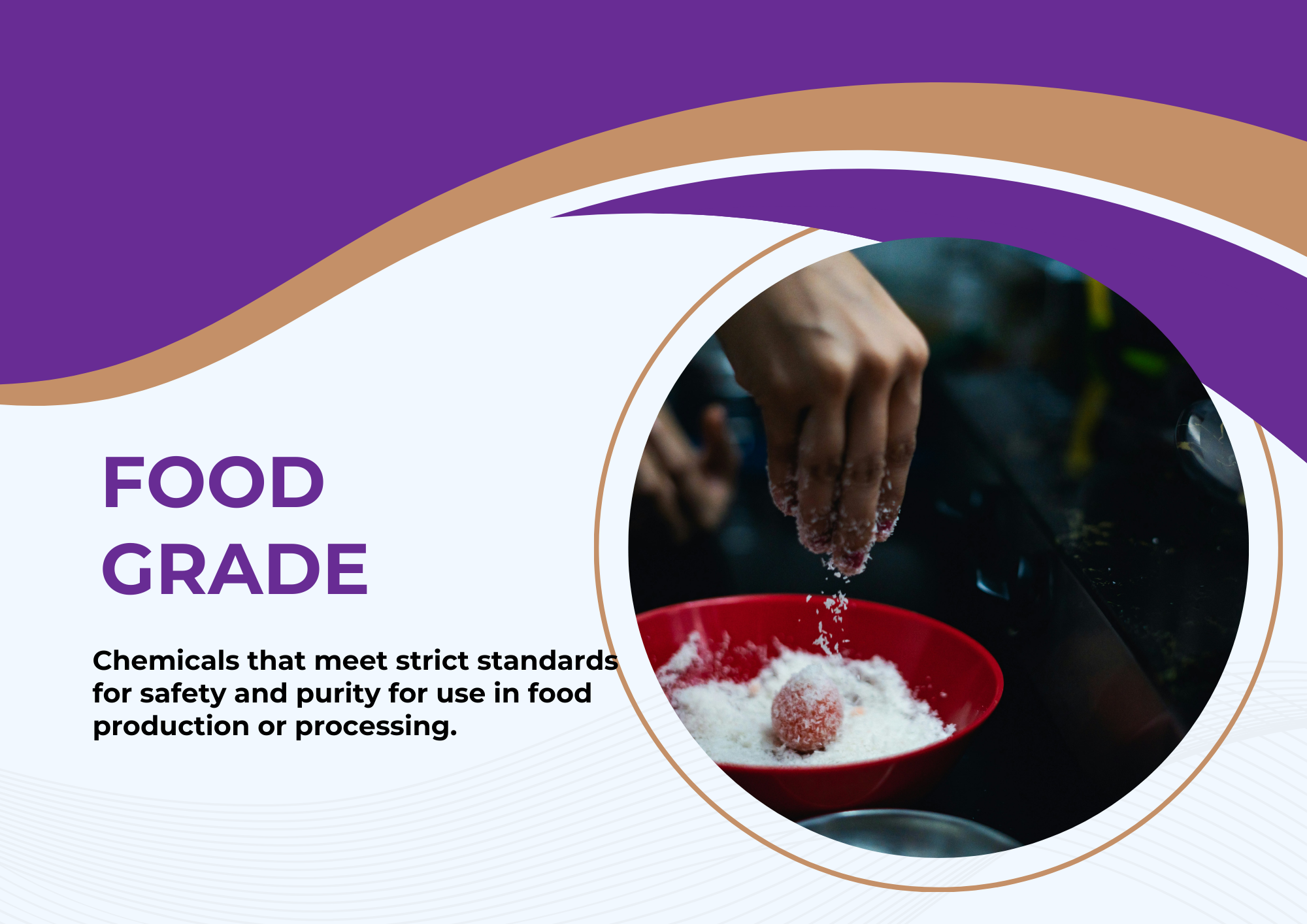



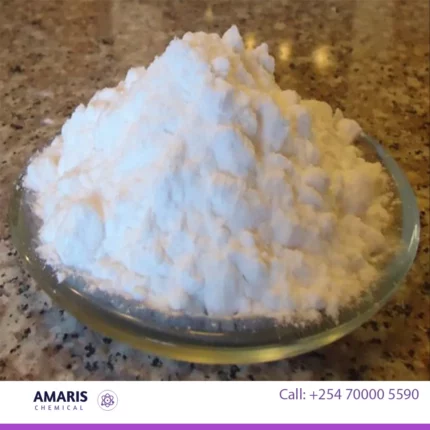

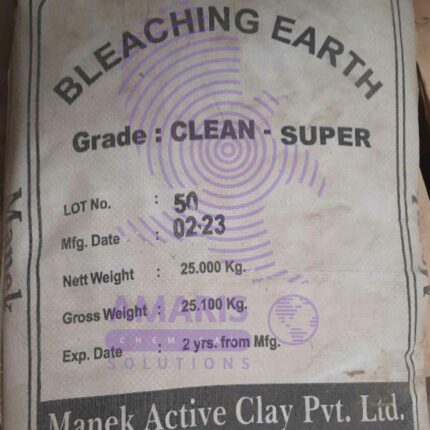
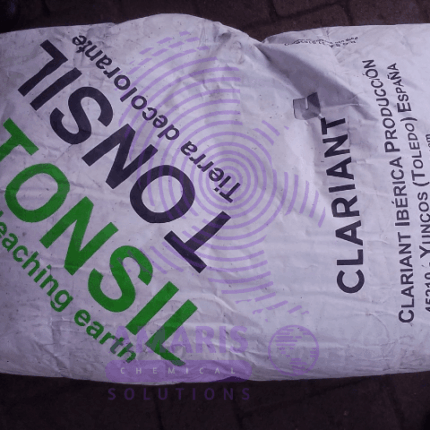

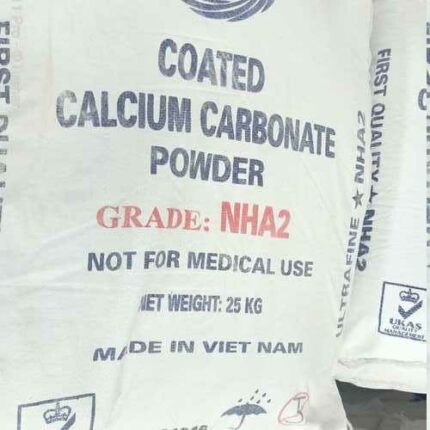
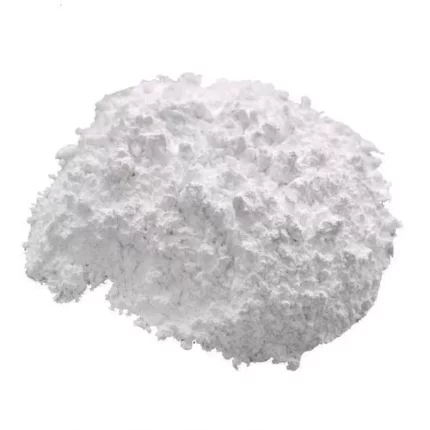
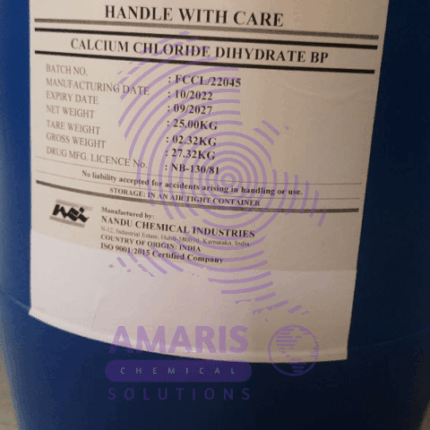
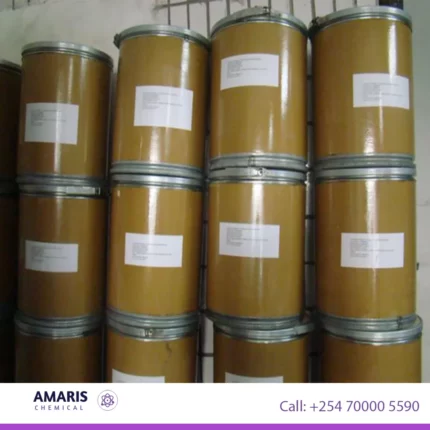













Culture –
The cellulose ether I used is of exceptional quality and purity.
Mei –
Used as binder in tablet formulations helping to hold the ingredients together
Don –
Excellent product! The cellulose ether I used worked perfectly as a thickening agent. It’s reliable, consistent, and made my project a success. Very satisfied.
Aaron –
I find cellulose ether versatile for its applications in industries such as construction and pharmaceuticals, where it serves as a thickener, stabilizer, and film former.
Joan Marwa –
Reliable delivery
Queen –
Perfect!
Masika Mavela –
Worke4d like a charm
Esther Mwangi –
High quality and affordable